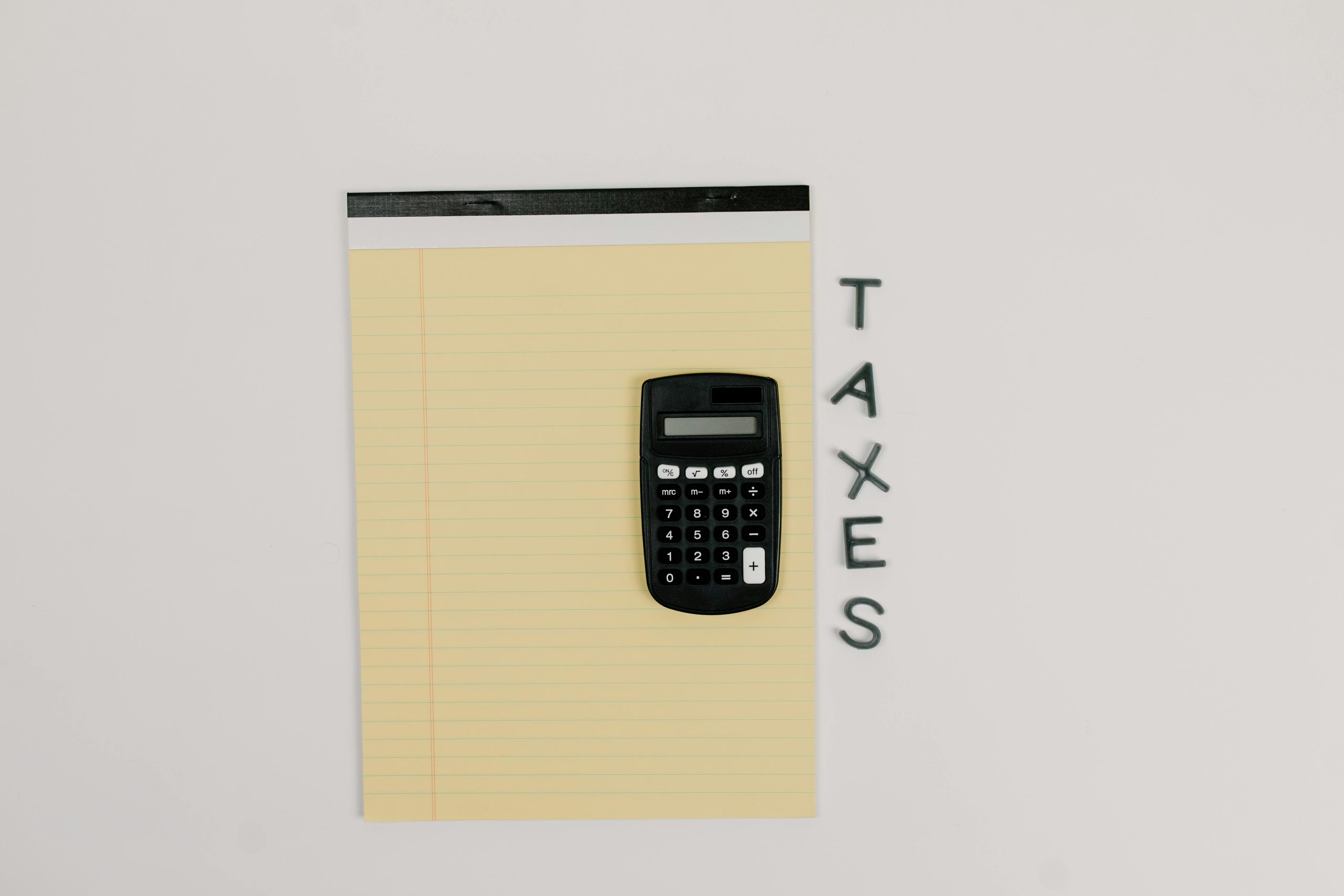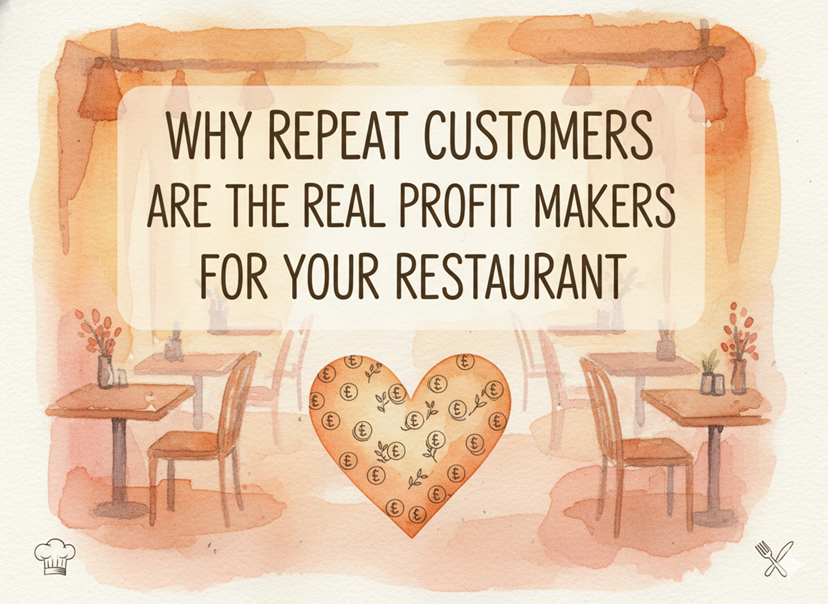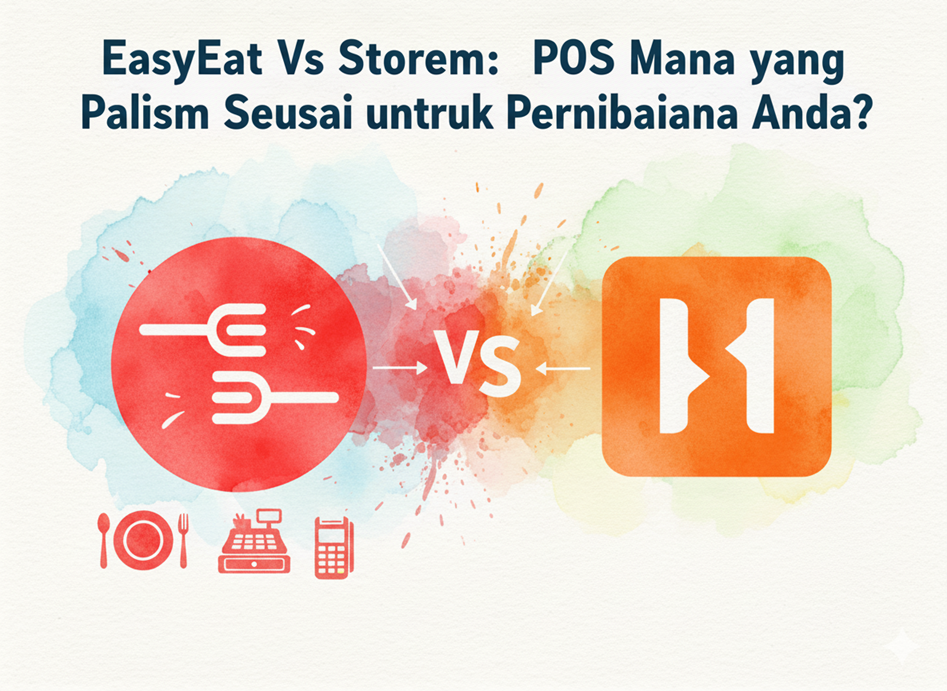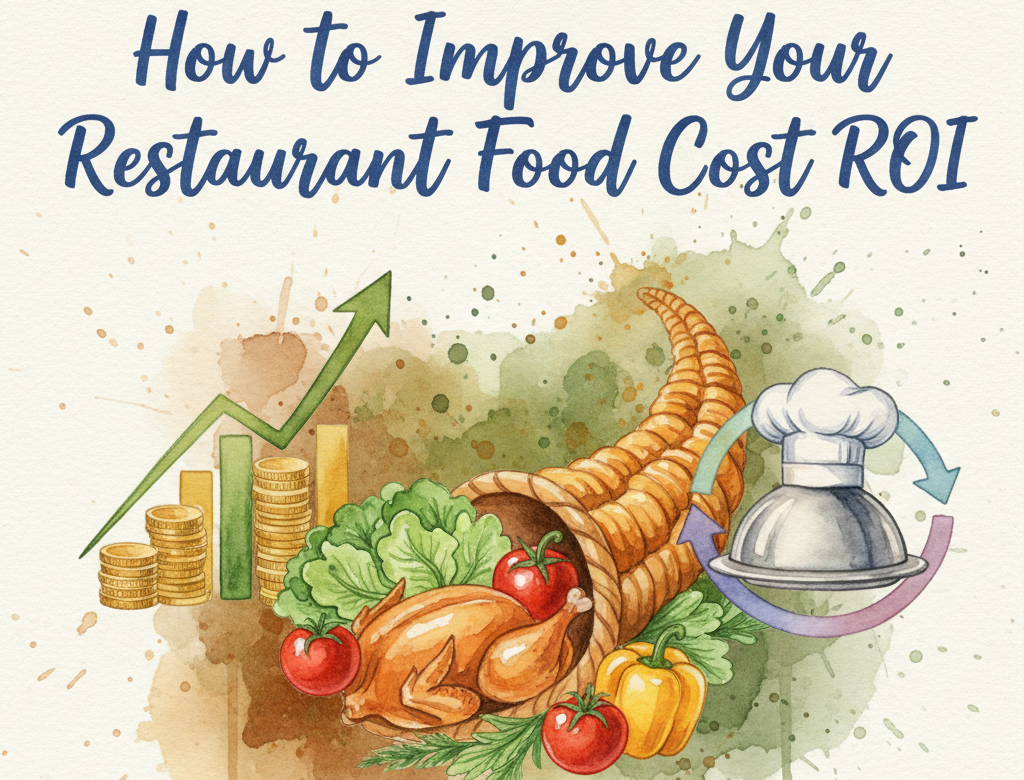Some days, everything goes smoothly, customers are happy, sales are good, and your team works together. But other times, things feel off. Maybe fewer people are coming in, money is tight, or you’re constantly stressed about bills.
If this sounds familiar, your restaurant might be going through a bad phase. The good news? You can turn things around if you act fast. In this blog, we’ll talk about the warning signs that you can spot instantly and workable solutions to to save your failing restaurant. We will also talk specifically about restaurant financial management and the tips to have get into the best shape financially.
Signs Your Restaurant Is Going Through a Bad Phase
Declining Sales Month After Month
One of the clearest signs that something is wrong is when your sales keep dropping. If you notice fewer customers walking in or smaller orders being placed, it’s time to take a closer look. According to research from Cornell University, about 60% of restaurants fail within their first year, and a major reason is consistently declining sales.
You should track your sales week by week and month by month. If you see a downward trend for three months or more, it’s not just a slow period—it’s a serious problem. Maybe your regular customers are going elsewhere, or new customers aren’t staying. Either way, you need to figure out why and fix it before the losses become too big to recover from.
Constant Cash Flow Problems
Cash flow is the lifeblood of your restaurant. If you’re always struggling to pay suppliers, staff, or rent on time, it means your cash flow is weak. Negative cash flow happens when more money is going out than coming in, and it’s one of the fastest ways a restaurant can get into deep financial trouble.
You might find yourself delaying payments, taking out loans just to cover basic expenses, or feeling stressed every time a bill is due. This is a dangerous cycle because it can lead to mounting debt, damaged relationships with suppliers, and even legal trouble if you can’t pay your employees. If you’re constantly waiting for the next big sale just to stay afloat, your restaurant is in a risky position.
Shrinking Profits Even When Sales Look Stable
Sometimes, your sales numbers might seem okay, but your actual profits keep getting smaller. This usually happens when your costs—like food ingredients, labor, and rent—go up, but your menu prices stay the same. Over time, this eats into your profit margins, leaving you with less money to reinvest in your business.
For example, if the price of meat increases but you don’t adjust your menu prices, you’re making less money on every dish you sell. The same goes for labor costs—if wages go up but you don’t change your staffing strategy, your expenses will keep rising while your income stays flat. If you notice that your bank account isn’t growing even though sales are steady, it’s time to review your pricing and expenses.
Customers Aren’t Coming Back
A successful restaurant doesn’t just attract new customers, it keeps them coming back. If people visit once but never return, something is driving them away. Pay attention to online reviews, customer complaints, and even casual feedback from guests. Are people complaining about slow service, high prices, or inconsistent food quality? Are your tables empty during times when you used to be busy?
Negative online reviews can also hurt your reputation and scare away potential customers. If you’re seeing more bad reviews than good ones, or if regulars suddenly stop showing up, it’s a strong sign that something needs to change.
High Staff Turnover
If your employees keep quitting, it’s a red flag. Constantly hiring and training new staff is expensive and time-consuming. It also affects the quality of service, which can make customers unhappy. High turnover usually means your team is overworked, underpaid, or unhappy with their work environment.
When staff members leave frequently, it creates instability in your restaurant. New employees take time to learn the ropes, and mistakes during this period can frustrate customers. If your best workers are leaving, it’s a sign that you need to improve working conditions, offer better pay, or create a more positive workplace culture.
How to Turn Things Around
Find the Root Cause
You can’t fix what you don’t understand. Before making any big changes, dig deep to figure out exactly what’s going wrong. Start by asking yourself key questions—are your prices too high compared to competitors? Is the food quality inconsistent, making customers unhappy? Is the service slow or unfriendly, driving people away? Another common issue is food waste—are you throwing away too much unused inventory?
Look at your sales reports to see which days or times are slowest. Check customer reviews online—what complaints keep coming up? Examine your expenses to see where money is being wasted. Once you identify the real problem, you can focus on fixing it instead of guessing.
Cut Unnecessary Costs
When money is tight, every dollar saved helps. Start by reducing food waste, studies show that restaurants waste nearly 10% of their food, which is money straight into the trash. Train your kitchen staff to measure portions carefully and store ingredients properly to make them last longer.
Another way to save is by buying ingredients in bulk from suppliers. Many vendors offer discounts for larger orders, which can lower your food costs. Also, look at your staffing—are you over-scheduling on slow days? Adjust shifts based on actual customer traffic to avoid paying for unnecessary labor.
Improve Your Menu
A menu that doesn’t sell well can drag down your entire business. Take a close look at which dishes customers order most, and which ones sit untouched. Remove low-selling items that just take up space and cost money. Replace them with simpler, more profitable dishes that use ingredients you already have.
Consider adding daily specials to attract customers with new flavors or limited-time deals. If price is an issue, introduce budget-friendly options without sacrificing quality. A well-planned menu keeps customers interested and boosts sales.
Train Your Staff Better
Great service keeps people coming back. If your team seems disorganized or unfriendly, invest time in training them properly. Teach them how to greet customers warmly, take orders efficiently, and handle complaints with patience.
Upselling can also increase profits. Train servers to suggest drinks, desserts, or add-ons that pair well with meals. Happy employees perform better and stay longer, reducing turnover. Show appreciation for good work—small rewards or recognition can improve morale and service quality.
Bring in More Customers
If sales are low, you need more people walking through the door. Try offering happy hour discounts on slow days to attract after-work crowds. A loyalty program, like a free meal after a certain number of visits, encourages repeat business.
Social media is a powerful tool for promotions. Post high-quality photos of your food, share customer testimonials, and run limited-time offers to create buzz. Engaging with followers online keeps your restaurant top of mind when people decide where to eat.
Talk to Suppliers and Landlords
If cash flow is a problem, don’t be afraid to negotiate. Many suppliers would rather extend payment terms than lose a loyal customer. Ask if you can pay in smaller installments or delay payments temporarily.
If rent is straining your budget, talk to your landlord about possible reductions or flexible payment plans. Some may agree to lower rent for a few months rather than risk losing a tenant. You can also explore cheaper vendors for certain supplies—just make sure quality doesn’t suffer.
Why Focusing on Restaurant Finances is Crucial for Survival
Money problems sink more restaurants than bad food or poor service ever could. If you don’t keep a close eye on your finances, you might not realize there’s trouble until it’s too late. Strong financial management separates thriving restaurants from those that end up closing their doors.
When your restaurant finances are healthy, you can pay bills on time, invest in improvements, and handle slow periods without panic. But when money is mismanaged, even a busy restaurant can struggle with cash flow problems, mounting debt, and eventually, restaurant loss.
How to Know If You Have Bad Financials
Bad restaurant finances don’t always mean you’re losing money—sometimes the problems are hidden. Here’s how to spot them before they become emergencies:
You’re Always Chasing Payments
If you’re constantly waiting for today’s sales to cover yesterday’s bills, you have cash flow problems. Healthy restaurants have enough money coming in to pay expenses as they come due. When you’re relying on tomorrow’s income to pay today’s suppliers, you’re living paycheck to paycheck—and that’s dangerous.
Your Profit Margins Keep Shrinking
Maybe your sales look decent, but your actual profits keep getting smaller. This happens when food costs rise, labor gets more expensive, or rent increases, but your menu prices stay the same. If you’re making less money even though you’re just as busy, your restaurant finances need attention.
You’re Dipping Into Personal Savings
If you’re regularly using your own money to cover business expenses, that’s a red flag. Restaurants should fund themselves. When you start pulling from personal accounts to keep the lights on, it means your restaurant’s financial management isn’t working.
Suppliers Start Asking for Upfront Payments
When vendors who used to give you 30-day terms suddenly demand payment on delivery, they’ve noticed your financial instability. This is often the first external sign of restaurant financial trouble, and it makes cash flow problems even worse.
You’re Behind on Taxes or Loans
Falling behind on sales tax payments or loan installments is one of the clearest signs of restaurant financial distress. These debts accumulate fast, with penalties and interest making the hole deeper every month.
How to Recover From Bad Financials
Fixing your restaurant’s financial health requires both quick action and sustainable changes. When money problems hit, every decision matters. Here’s how to regain control and set your business up for long-term stability.
Track Every Dollar Relentlessly
Most financial troubles begin with poor tracking. If you don’t know exactly where your money comes from and where it goes, you’re operating blind. Start by using accounting software to monitor key metrics daily. Watch your sales trends—are certain days or times underperforming? Track food costs as a percentage of sales—if this number creeps above 30%, you’re likely overspending on ingredients. Labor costs should typically stay under 25% of sales. Overhead expenses like utilities and rent should also be reviewed weekly. When you see these numbers regularly, you can spot trouble early and adjust before small issues become major crises.
Fix Cash Flow Problems Immediately
Negative cash flow is one of the biggest threats to restaurants. When more money flows out than comes in, you risk falling behind on critical payments. To stabilize cash flow, delay any non-essential purchases until finances improve. Negotiate with suppliers for extended payment terms—many would rather adjust deadlines than lose a loyal customer. Offer early payment discounts to catering clients to encourage faster payments. Consider leasing equipment instead of buying it outright to avoid large upfront costs. Even small improvements in cash flow can give you breathing room to implement bigger financial fixes.
Reduce Food Costs Without Sacrificing Quality
Food waste silently eats into profits, and many restaurants don’t realize how much they’re losing. Train kitchen staff on proper portion control to avoid over-serving. Adjust your menu to use overlapping ingredients across multiple dishes, reducing excess inventory. Negotiate better prices with suppliers by committing to larger, consistent orders. Track waste daily—if certain ingredients keep getting thrown out, modify recipes or ordering habits. A 5% reduction in food costs can sometimes double your net profit, making this one of the fastest ways to improve financial health.
Optimize Your Staffing Costs
Labor is usually your second-largest expense after food. To control costs without sacrificing service, use sales forecasts to schedule staff accurately—avoid overstaffing slow shifts. Cross-train employees so one person can handle multiple roles during quieter periods. Limit overtime to only when necessary. For unpredictable rushes, consider part-time help instead of full-time staff. Better scheduling alone can reduce labor costs by 10-15%, putting money back into your budget.
Adjust Your Pricing Strategically
Many restaurants underprice their menu items out of fear of losing customers. If your costs have risen but your prices haven’t changed in years, you’re likely losing money on each sale. Instead of sudden price hikes, implement small, frequent increases that customers barely notice. Highlight premium dishes with higher profit margins. Offer combo meals that increase the average check size. Strategic pricing ensures you stay competitive while maintaining healthy profit margins.
Build an Emergency Fund
Once your finances stabilize, start setting aside cash for emergencies. Aim to save at least two months’ worth of operating expenses. This safety net prevents temporary slowdowns, like a bad weather week or unexpected repairs, from derailing your progress. An emergency fund gives you peace of mind and ensures you never have to scramble when unexpected costs arise.
Frequently Asked Questions
Every restaurant goes through tough times. The key is to act fast before small problems become big ones. If you see warning signs, don’t ignore them; fix them now.
A lot of problems related to restaurant management can be solved with a restaurant management system. Once you start solving these problems, other problems also get solved. The issue of low financials and profit can also be solved using this. If you’re confused about which restaurant management software you should invest in, then give me a chance to explain to you why EasyEat could be that one magical solution to most of your problems.




